5 Yoga Lies Still Being Taught: This Yoga Teacher Trainer Resolves These Myths Once and For All
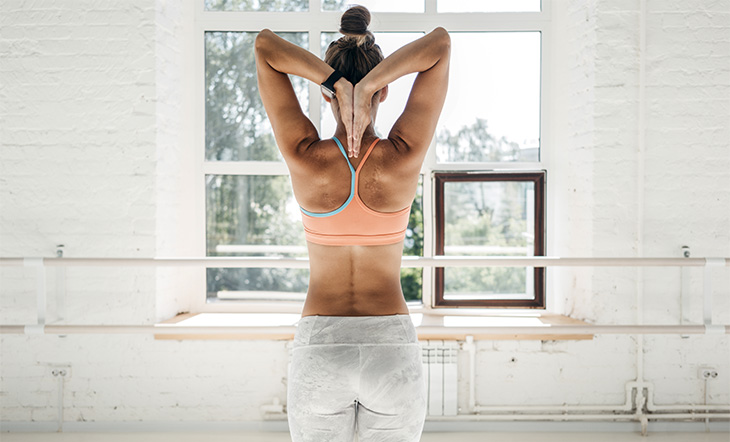
Like a game of telephone, yoga lies and yoga myths continue to perpetuate throughout the yoga world.
Of course, we all want to believe that our yoga teacher is looking out for our best interest. And your yoga teacher is likely looking out for your best interest. That is, to the best of his or her ability . . .
However, standardized 200 hour yoga teacher trainings have made it alarmingly easy to become a yoga teacher these days. Both amazing and very mediocre yoga schools are pumping out teachers by the truckload.
Standardized teacher trainings have made it alarmingly easy to become a yoga teacher these days.
And that means that both amazing and very mediocre yoga teachers are out there teaching the practice to people like you and me.
Considering Yoga Teacher Training? Here’s What to Expect
So, what can we do? How can we be sure that our yoga teacher is actually knowledgeable about the practice and – perhaps more importantly since we tend to practice a very physical form of yoga – about the human body?
Look out for these yoga lies and yoga myths still being taught.
Here Are 5 Yoga Myths You’re Probably Still Hearing From Your Yoga Teachers:
The following are just a handful of the many yoga lies that are perpetuated throughout the yoga world. So, be sure to look out for these yoga myths that simply aren’t true.
1. Alignment Is Universal
Alignment is not a one-size-fits-all rule of thumb in yoga. The truth is that yoga (like any other form of physical exercise) must be adapted to the practitioner rather than the other way around.
For so many years, yoga teachers have been preaching steadfast rules of alignment that are not universal. Every single body is wildly unique. And therefore, every single yoga pose will also be wildly unique from person to person.
Alignment cues don’t always take your unique anatomical makeup into consideration.
A 90-degree angle in the arms in Chaturanga? Maybe that works wonderfully for one person but horribly for another. Does that mean that an 80-degree angle is wrong? Absolutely not. Alignment is not universal!
My recommendation? Stop striving for aesthetics in poses and start striving for sensation. You know your body best, so honoring what it needs (and what it’s better off without) is the most important alignment rule in yoga. Plus your body will thank you in the long run.
2. This Is How ______ Pose Should Look
Similar to the myth that ‘correct’ alignment in poses is universal, no one pose will look the same in two different bodies. It actually isn’t physically possible.
Despite the fact that you might see the same degree of bend at the knees or the same angle of arch in the spine, two practitioners practicing the same pose are not feeling it the same. And how it feels dictates how it will look (which varies from one individual to the next).
Again, the feeling is what matters. The aesthetic is just a pretty picture – nothing more.
3. This Is How ______ Pose Should Feel
Again, this is similar to the concepts of alignment and pose aesthetics. When a yoga teacher tells you that you should feel something specific in a particular pose, view that more as an expression of their personal experience – not the golden standard.
Just because they feel a particular sensation is absolutely no indication that you will feel anything even remotely similar.
For example, if your yoga teacher says, “You should feel a nice stretch in your hamstrings” but you don’t, that doesn’t mean you’re doing it wrong! It simply means that you have tensile restriction in different places than they do.
Just because one person feels a particular sensation is absolutely no indication that you will feel anything even remotely similar.
So, if you’re feeling the stretch in your glutes or your calves, then keep going. Don’t doubt yourself by believing the yoga myth that a certain pose should feel the same way for everyone – it won’t.
4. There Is an “Easier” and “Harder” Version of ______ Pose
When a yoga teacher uses disempowering language like this, it’s a big red flag! First of all, no one wants to be discouraged in their practice by being forced to take an “easier” pose than the rest of the class.
Furthermore, different variations of poses offer different benefits – one is not better than the another. So bending your knees in a forward fold, for example, is not an “easier” version of a straight-legged forward fold.
It is simply a different version. Straightening the legs doesn’t necessarily make the shape “harder,” it just offers different anatomical benefits.
It’s actually most beneficial to add variety to your movements.
Again, no one version is better than the other. So stop believing these yoga myths that only the most flexible and the strongest are the most “advanced” yogis.
In fact, studies show that it’s actually more beneficial to add variety to your movements and your loading patterns. So you should add variety to your practice by choosing different variations at different times rather than repeating the same “hard” options over and over again.
5. You Have to Look . . . [Up, At Your Thumb, At Your Nose, Etc.]
This is one of those yoga lies that has made its way into just about every lineage and school. But where you look does not mean much of anything in your yoga practice.
There are certainly benefits to finding a drishti (focal point) in your practice. However, if utilizing a prescribed drishti strains your neck, then it does more harm than good.
What is a Drishti in Yoga and How Can it Improve Your Practice?
Don’t believe a yoga teacher when they tell you that you must look at a specific place. Just look wherever feels comfortable and appropriate for you and stay focused wherever you choose to look.
The Takeaway on Yoga Myths and How We Can Remove Them From Our Yoga Practice
As a yoga teacher myself, I must say that I have been guilty of perpetuating these yoga myths in the past. As teachers and humans, we are all always continuing to learn and grow. So I wholeheartedly understand if a teacher says any of these things.
However, after many years of continuing my studies about the practice and about human anatomy, I have come to understand that these yoga lies have the potential to create real harm. All yoga teachers carry the responsibility of continuing to deepen their knowledge and education.
If your yoga teacher says these things, don’t get upset or angry. Approach them and have a very honest discussion to see if you can both grow and learn together and, hopefully, eliminate these harmful yoga lies from the practice once and for all.


This Month's Letter
From the Editor
Monthly motivation and food for
thought from our founder.

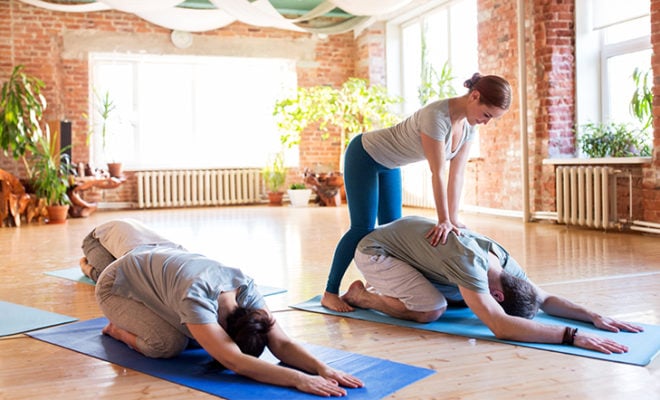

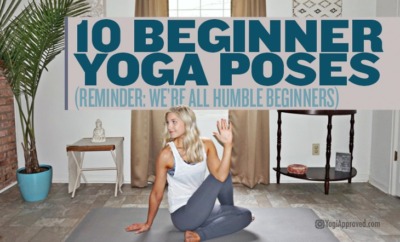
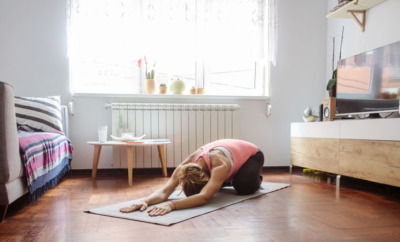
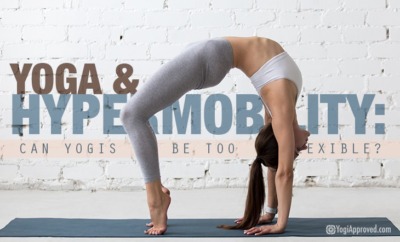
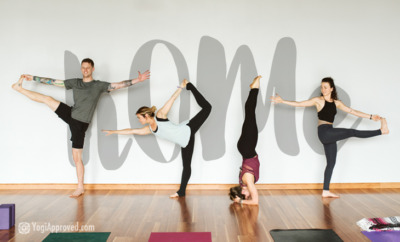
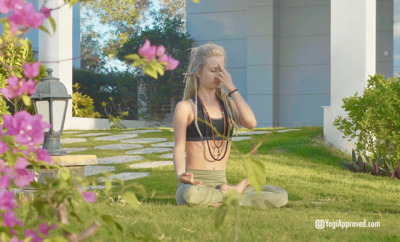
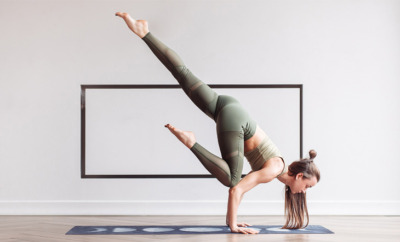





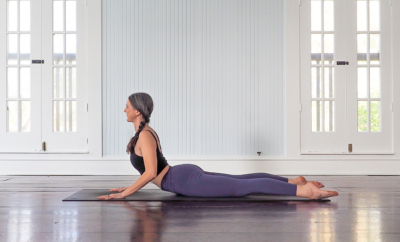
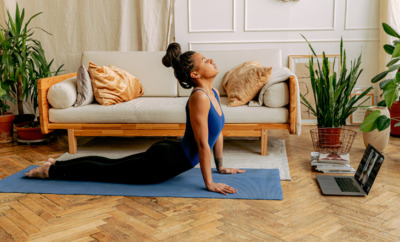
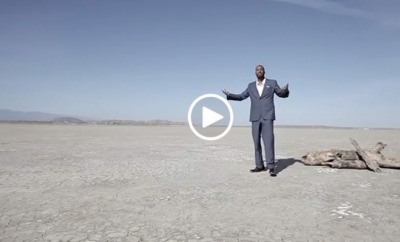














Comments